Today, we will discuss the book “Mind Management Not Time Management,” by “David Kadavy.”
Let’s start this book with an animated story so that you can understand how much this book and this summary can help you. Once upon a time. A man came to his teacher and said, Guru Ji, I cannot do anything for my goal in my life; often, my days are spent in useless activities. Please help me to fix this problem.
Guru Ji gave the man the address of another saint and said, go there, spend a few days with him, and you will get the answer automatically. At the behest of the Guru, the man went to live with another saint. I went to the saint and said, Guru Ji, has sent me to stay with you and learn by observing your daily routine for a few days. The sage agreed, and both started living together.
The man saw that the monk’s life was like that of ordinary people; he did not do any particular work. The only thing that surprised the man was that the sage used to wash the utensils every night before sleeping and did the same after waking up in the morning. This went on for some days.
Finally, one day, the man could not bear it and asked the saint about it. The saint replied, I do this so that the utensils do not remain dirty and because there is a possibility of dust settling on them even at night, so I clean them in the morning, so I am living a healthy life. Your problem is also similar.
You have filled your mind with so many different useless thoughts. That’s why there is no time to think about your goal and focus on it. To fix this, clear your mind of unnecessary thoughts by meditating every night before sleeping and after waking up so that you can be aware of your thoughts and give priority only to ideas that help you achieve your goal.
Can you provide it? Similarly, the saint told us many ways to manage our Minds like that man and spend our time in productive work. In this book summary, we are going to learn about those methods.
You have time. But do you have the energy? You must have done everything you can to save time. For this, you must have used every time management technique. But have you ever noticed that the more time you save, the less time you have? The more overwhelmed, stressed and tired you feel. Time management becomes more and more difficult. But by doing this, you can never move forward with managing your time.
Instead of focusing so much on time management, you need to create a new approach to productivity. Instead of struggling to achieve more with time, start spontaneity by reaching more with your mind. The book’s author, David Kadavy, has told readers how to be productive in a constantly changing world. For this, it has been said about paying attention to these steps in the book:
- Leave your routine.
- Use your hidden patterns as a launchpad to increase your productivity.
- Do in just five minutes what used to take you all day.
- Let your “idle talent” come to the fore with your best ideas.
- Use the full power of technology, in which there is no distraction.
- An obscure but cheap gadget can be a shortcut to your superpowers. So, keep going even when Anarchy comes.
- Do unpredictable things to find your next big idea.
To understand the book better, we are going to discuss this book separately in 6 chapters. So let’s start.
Chapter 1. Mind Management
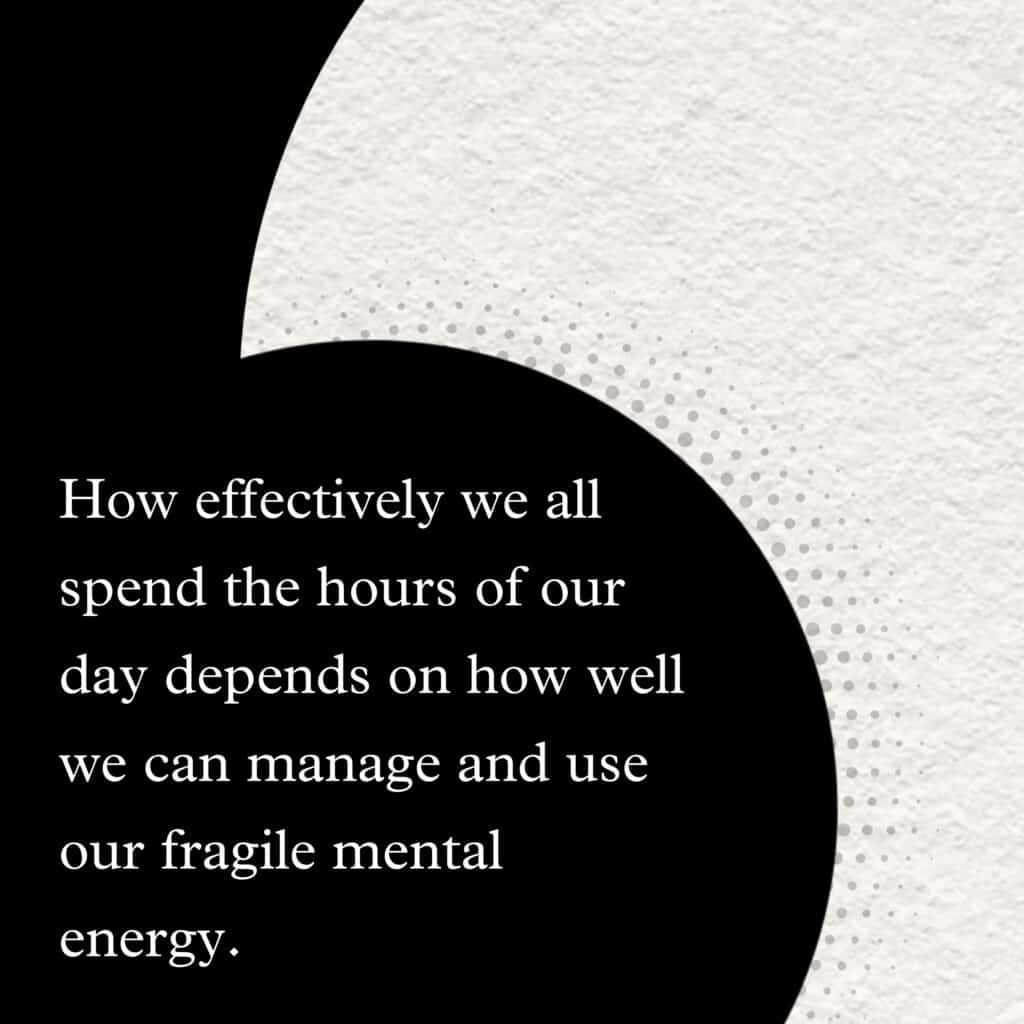
Productivity is more about Mind Management than Time Management. How effectively we all spend the hours of our day depends on how well we can manage and use our fragile mental energy. For example, when we start doing some work, it takes us a long time to concentrate fully on it.
On the other hand, if we use Mind Management, we could save much of our time. Sometimes it doesn’t seem real, but actually, it can make a strategy. We are using which you can make your work less painful. All you need to be creative is to make your job easier and less painful. from different areas of the mind, disparate elements all happen pretty suddenly, and in just a few moments, some of them hit, and then you have an insight, and it’s a good idea. Understanding is like solving a maze where you must go through all the different paths before finding the solution.
Managing it is not easy for everyone, but when we know that’s not true, and when we try to get things done, we try to manage our time. That’s why Time Management is more Mind Management. So you can focus on your work in a better way.
Chapter 2. Three critical questions of Mind Management
If you want to find out what is going on in your mind and why you are not able to use your time correctly, then for this you can ask yourself these three essential questions:
1. What kind of work do I need to do right now? Is there too much pressure to do anything, or can I let my mental state guide my decision now?
2. What kind of mental state am I in right now? Am I in the mood to do this right now?
3. Can I do anything to get myself in the right mental state?
Ask yourself these questions and find your answer. And over time, use different “hacks” or rituals that will help you change your mental state. Then whether it is exercise, massage, different types of songs, different types of tea, salt bath, whatever it may be. You can also choose other locations to perform various tasks.
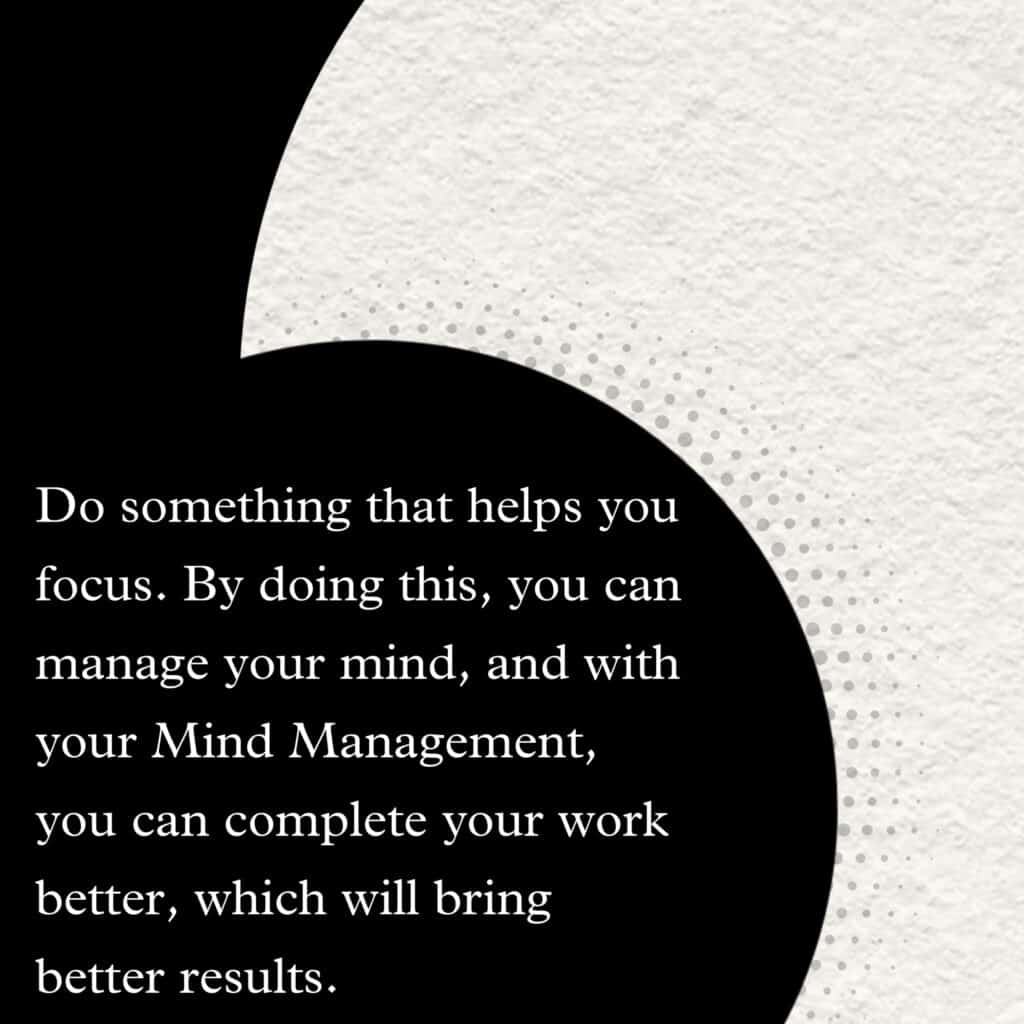
Finally, do something that helps you focus. By doing this, you can manage your mind, and with your Mind Management, you can complete your work better, bringing better results. Mind management’s goal is to focus your mental state on the work you need to do while allowing your mind to do the job it wants.
Chapter 3. Essentials of Mind Management
Once everything is clear, you know what your mind is doing during the day. This book explains brainwaves, neurotransmitters, and different brain areas, which track how they all work together throughout the day. By understanding exactly how your mind works, you can have a framework to understand what’s going on with your mind and, thus, make better use of your precious mental energy. Just keep these essential things in mind for this:
- Your brain is plastic: Every time your neurons fire, it makes it easier for those pathways to fire again. We believed that the brain was stable after reaching adulthood, but we now know that the brain changes throughout life. This means that whenever you have a thought or action, you make it easier for your mind to repeat it. Due to this, you get positive results later.
- Love your prefrontal Cortex: Your prefrontal cortex is your brain’s “newest” part. Your prefrontal cortex is in charge of suppressing things like – prioritizing, planning, and urges. But your prefrontal cortex is small and needs a lot of energy. So when it’s tiring, it’s hard to think about what you’re doing right now. Therefore, relax to allow your prefrontal cortex to function well.
- Fight your amygdala: Your amygdala is one of the oldest parts of your brain. A lizard’s brain is an entire amygdala. Your amygdala is highly stimulated by fear and is programmed to protect you from danger. The tricky part is that your amygdala interacts with your body before the rest of your brain (which can handle much more complex thinking). For example, if you see a snake, your amygdala tells your sympathetic nervous system to increase your heart rate before your eyes can tell your brain, “It’s a snake.” As a result, your heart speeds up in parts to make you afraid of snakes. Your amygdala always wants you to take the “safe” path, and it can stifle your creativity, so be mindful of its power.
- Restorative things are productive: Given this battle between your prefrontal cortex and amygdala and your prefrontal cortex tires so quickly, resting is essential to using your brain effectively. So is. If you think you’re overworking by working until you sleep every night, you’re probably not.
You’re probably depleting your prefrontal cortex, and instead of thinking strategically, reacting, fear-driven, filling time with “work” and stimulating activities rather than fear and rumination. Instead, exercise, sleep, and spend time with loved ones. With this, you can reconstitute your mind. Now focus on managing your mind keeping these things in mind. And with this, start making your life more productive.
Chapter 4. Mind Management in action

Keeping in mind what was mentioned in the previous chapter, now use these excellent tips to manage your mind effectively:
- Meditate: By practicing mindfulness meditation, you can become aware of your current environment. We carve neural pathways to better process stimuli, making you calmer and more intentional. Suppose you can’t meditate for 2 to 10 minutes; you have more significant problems than being “too busy.” That’s why I make a habit of meditating daily.
- Take the time to plan. Planning has two advantages: 1) you can do it when you have more mental energy to plan so that you can plan better, and 2) it frees up your precious prefrontal cortex for other activities. In addition, it frees up to do more – because the planning and prioritizing have already been done. After this, review your whole week. So that you can prepare the right plan for the coming week; along with this, make a to-do list to do your upcoming tasks.
- Avoid starting yourself: Just creating a job can take much work. With a clear goal, your brain will produce enough dopamine to motivate you to start Working on one thing for 10 minutes without stopping to identify a clear purpose. By doing this, you can find out what you want to achieve. And once you take 10 minutes to do your work, it becomes easier to keep working on it.
Chapter 5. Time and the “Stupid Little Dog”
It’s not that time irrelevant to productivity. People often need to start with a plan. And when they find out where their time is going, it’s too late. Understanding time and its use is essential to a life of significant contribution.
Author Kadavy suggests tracking your time in the book: A Year’s Practice of Quantifying Time You Spend at Work Will Change the Way You See Time Forever. After which you can get better results, it sounds strange, but it is possible. Focus on using your time wisely to achieve consistent and transparent progress.
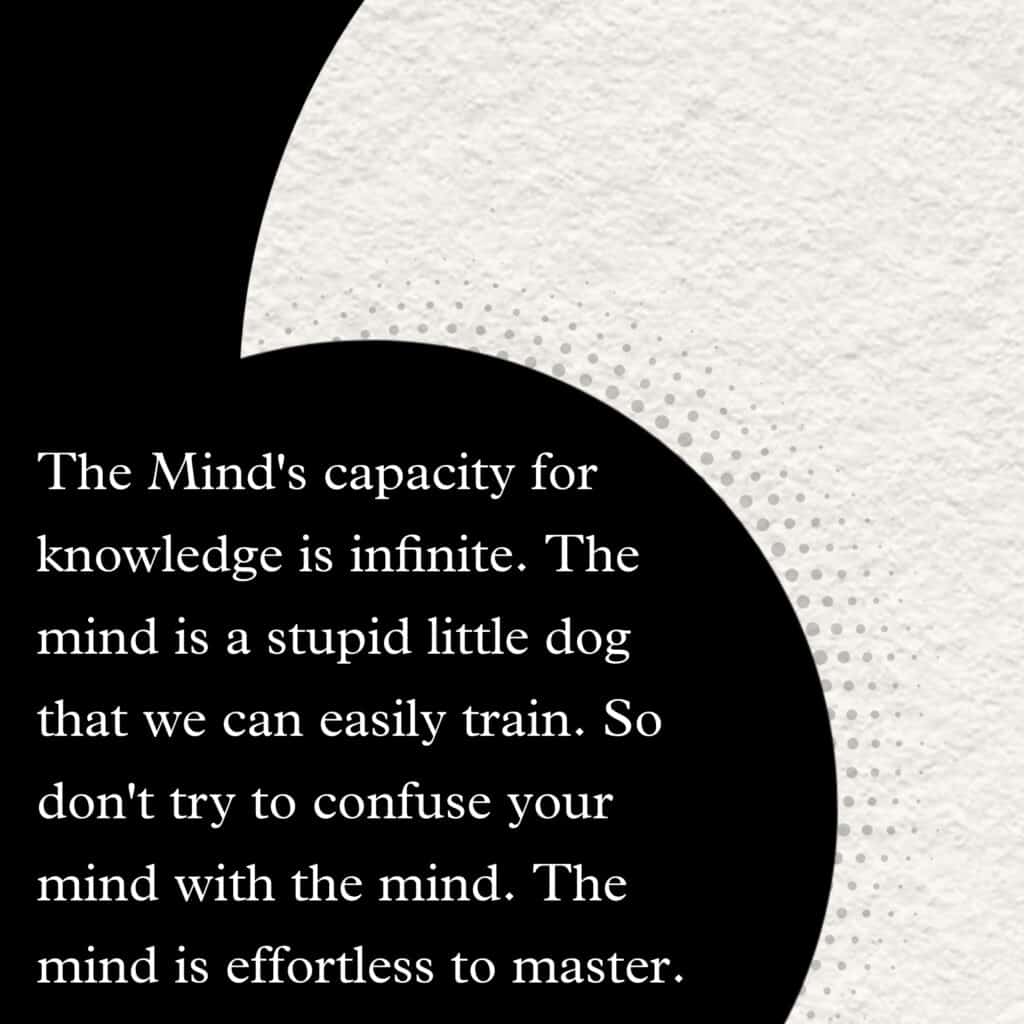
When it comes time to plan your week, plan to keep everything in mind. Along with this, set clear goals because those who work and whose results could be better. We don’t even like doing them. So keep in mind how you make goals.
Jerry Seinfeld addresses this problem regarding making stand-up comedy, a practice he has done consistently for over 40 years. Seinfeld says, “The Mind’s capacity for knowledge is infinite. The mind is a stupid little dog that we can easily train. So don’t try to confuse your mind with the mind . The mind is effortless to master.”
You have to keep it limited. You can do this through Repetition and Systematization along with keeping Limited. Kadavy talks about Limiting the Mind by applying these mental states for a limited time. This will help you with procrastination. He writes, If you have eight hours a day to work, you have plenty of time to procrastinate.
But it creates a sense of urgency if you’ve identified a two-hour block in which you can be much more productive than any other time of day. For example, instead of aiming to ‘write a book at a time, you can start by writing 500 words’. Doing this lets you achieve your entire goal by working little by little. Similarly, train your brain slowly over time; eventually, you can get better results.
Chapter 6: Using the book Your life: opportunities and precautions
You must have learned the importance of your time and mind by now. Now start using the methods mentioned in the previous chapters in your life. You can feel the change slowly. Pay attention to how you manage your mind, and take advantage of seeing things through your mental state when deciding the next thing. Also, block time in your calendar for work according to your mental state.
Now use a more conscientious approach to work on your creative and analytical work at the beginning of the day and preferably at the beginning of the week. First, complete your essential tasks, such as expense reports, scheduling meetings, or other administrative tasks, with a clear mind for the day so you can handle them.
Doing this can save you time on upcoming trouble. Now use the framework the author gave as a habit in your life. Kadavy offers many examples of how he manages his time, but many of those methods may seem like they are only necessary to you at times. So identify your strategy and start working, keeping in mind the structure provided by the author.
And Kadavy, a writer and podcaster with a software design background, only works inside an organization with a claim on its time. From a company’s perspective, they create power by “using the executive’s time,” as Drucker put it, to implement meetings and activities that don’t easily fit within a framework.
For someone who works inside a growing organization, for which there is a need for high-level coordination and clarity, they need to hold frequent meetings. And it is often not possible to maintain possession on a schedule. Realize it yourself. You might have found yourself in different mental states at the same time. After which, you get lost and need help deciding what to do.
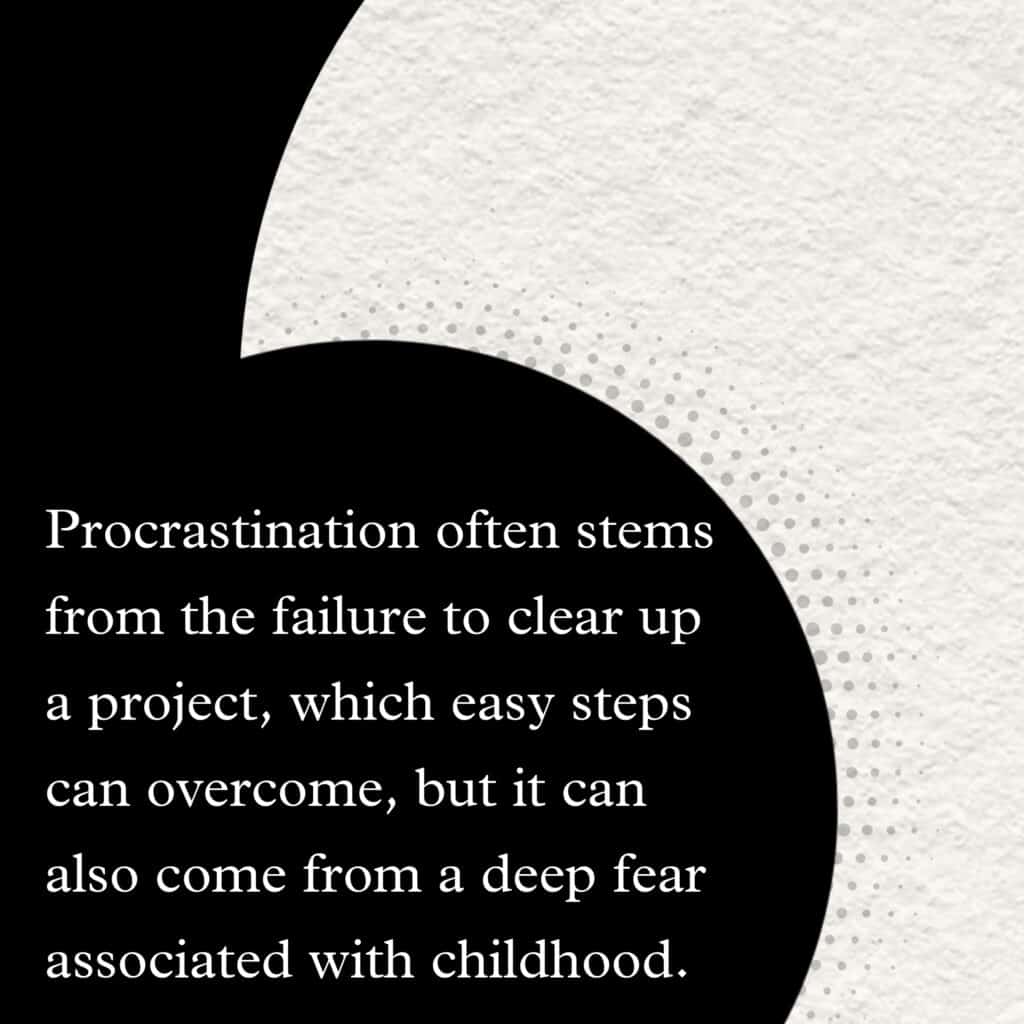
Procrastination often stems from the failure to clear up a project, which easy steps can overcome, but it can also come from a deep fear associated with childhood. We cannot manage mental states without mental health. We humans often do bad things, and even with the best intentions, our lives are made dirty by our imperfections and the actions of the other imperfect humans we interact with.
While juggling the troubles of our past, our mind building up to the needs and demands of our loved ones, colleagues, spouses, bosses, children, and friends, is like an earthquake to the delicate, sophisticated beauty of any productivity system. To avoid that, you need to use the author’s method. For this, focus on managing your mind from today itself. Eventually, you can get good results when you get used to working in this manner.
Conclusion
Let us learn. Let’s repeat the lessons once:
1. Time Management is more Mind Management.
2. Mind Management do the three critical questions by yourself
3. Mind Management Take care of the essential things of the mind for
4. With 10 minutes to work on one thing, take the time to plan.
5. Identify when in which mental state you are.
6. Train your brain slowly over time.
7. Work keeping in mind the opportunities and precautions in your life.
From this book, we learned about the method of Mind Management. By using this, you can get better results in your life. Your better results will help you to increase your productivity in your life. If you also want to bring significant changes in your life by being successful, use all the methods mentioned in the book.
Contents

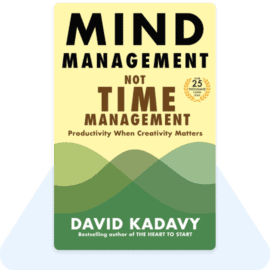
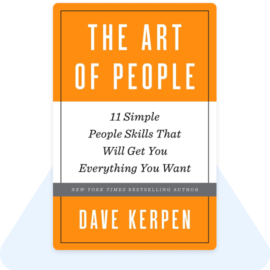




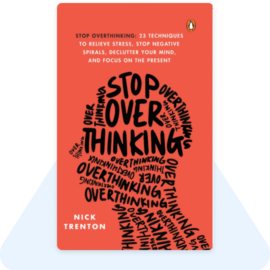






Lost my streak 😣
And it is really difficult today, but I will end this challenge for sure…
Time taken:17:18
Mind management is just amazing book..thankyou sir😊